Popular on Food52
7 Comments
Karen
November 2, 2016
For good veg dashi, simmer 6 shiitake mushrooms (sliced) in 4 to 6 cups of water with a 3 inch-long piece of kombu. Simmer for at least 10 minutes, the longer the better. You can add some sea salt if you want.
Nice additions to the simmering dashi are shungiku (chysanthemum greens, you can find this in Asian markets; if you live near a Chinatown or Japantown, you'll be able to find it), baby spinach, or nira (garlic chives).
After you add the miso paste and the soup is ready to go, you can add chopped shiso leaf, myoga (similar to ginger, but milder), kaiware (radish sprouts), or grated ginger. I mix all of these together with chopped green onion and it makes a very nice topping for the miso soup.
I also like to add an egg to the simmering dashi so that it's half-way cooked when it's time to add the miso paste. A little shichimi (hot pepper powder) right before eating is good, especially if you can find yuzu shichimi (yuzu is a Japanese citrus fruit).
And that is how I pimp my miso soup.
Nice additions to the simmering dashi are shungiku (chysanthemum greens, you can find this in Asian markets; if you live near a Chinatown or Japantown, you'll be able to find it), baby spinach, or nira (garlic chives).
After you add the miso paste and the soup is ready to go, you can add chopped shiso leaf, myoga (similar to ginger, but milder), kaiware (radish sprouts), or grated ginger. I mix all of these together with chopped green onion and it makes a very nice topping for the miso soup.
I also like to add an egg to the simmering dashi so that it's half-way cooked when it's time to add the miso paste. A little shichimi (hot pepper powder) right before eating is good, especially if you can find yuzu shichimi (yuzu is a Japanese citrus fruit).
And that is how I pimp my miso soup.
Karen
November 2, 2016
For good veg dashi, simmer 6 shiitake mushrooms (sliced) in 4 to 6 cups of water with a 3 inch-long piece of kombu. Simmer for at least 10 minutes, the longer the better. You can add some sea salt if you want.
Nice additions to the simmering dashi are shungiku (chysanthemum greens, you can find this in Asian markets; if you live near a Chinatown or Japantown, you'll be able to find it), baby spinach, or nira (garlic chives).
After you add the miso paste and the soup is ready to go, you can add chopped shiso leaf, myoga (similar to ginger, but milder), kaiware (radish sprouts), or grated ginger. I mix all of these together with chopped green onion and it makes a very nice topping for the miso soup.
I also like to add an egg to the simmering dashi so that it's half-way cooked when it's time to add the miso paste. A little shichimi (hot pepper powder) right before eating is good, especially if you can find yuzu shichimi (yuzu is a Japanese citrus fruit).
And that is how I pimp my miso soup.
Nice additions to the simmering dashi are shungiku (chysanthemum greens, you can find this in Asian markets; if you live near a Chinatown or Japantown, you'll be able to find it), baby spinach, or nira (garlic chives).
After you add the miso paste and the soup is ready to go, you can add chopped shiso leaf, myoga (similar to ginger, but milder), kaiware (radish sprouts), or grated ginger. I mix all of these together with chopped green onion and it makes a very nice topping for the miso soup.
I also like to add an egg to the simmering dashi so that it's half-way cooked when it's time to add the miso paste. A little shichimi (hot pepper powder) right before eating is good, especially if you can find yuzu shichimi (yuzu is a Japanese citrus fruit).
And that is how I pimp my miso soup.
Karen
November 2, 2016
For good veg dashi, simmer 6 shiitake mushrooms (sliced) in 4 to 6 cups of water with a 3 inch-long piece of kombu. Simmer for at least 10 minutes, the longer the better. You can add some sea salt if you want.
Nice additions to the simmering dashi are shungiku (chysanthemum greens, you can find this in Asian markets; if you live near a Chinatown or Japantown, you'll be able to find it), baby spinach, or nira (garlic chives).
After you add the miso paste and the soup is ready to go, you can add chopped shiso leaf, myoga (similar to ginger, but milder), kaiware (radish sprouts), or grated ginger. I mix all of these together with chopped green onion and it makes a very nice topping for the miso soup.
I also like to add an egg to the simmering dashi so that it's half-way cooked when it's time to add the miso paste. A little shichimi (hot pepper powder) right before eating is good, especially if you can find yuzu shichimi (yuzu is a Japanese citrus fruit).
And that is how I pimp my miso soup.
Nice additions to the simmering dashi are shungiku (chysanthemum greens, you can find this in Asian markets; if you live near a Chinatown or Japantown, you'll be able to find it), baby spinach, or nira (garlic chives).
After you add the miso paste and the soup is ready to go, you can add chopped shiso leaf, myoga (similar to ginger, but milder), kaiware (radish sprouts), or grated ginger. I mix all of these together with chopped green onion and it makes a very nice topping for the miso soup.
I also like to add an egg to the simmering dashi so that it's half-way cooked when it's time to add the miso paste. A little shichimi (hot pepper powder) right before eating is good, especially if you can find yuzu shichimi (yuzu is a Japanese citrus fruit).
And that is how I pimp my miso soup.
Karen
November 2, 2016
For good veg dashi, simmer 6 shiitake mushrooms (sliced) in 4 to 6 cups of water with a 3 inch-long piece of kombu. Simmer for at least 10 minutes, the longer the better. You can add some sea salt if you want.
Nice additions to the simmering dashi are shungiku (chysanthemum greens, you can find this in Asian markets; if you live near a Chinatown or Japantown, you'll be able to find it), baby spinach, or nira (garlic chives).
After you add the miso paste and the soup is ready to go, you can add chopped shiso leaf, myoga (similar to ginger, but milder), kaiware (radish sprouts), or grated ginger. I mix all of these together with chopped green onion and it makes a very nice topping for the miso soup.
I also like to add an egg to the simmering dashi so that it's half-way cooked when it's time to add the miso paste. A little shichimi (hot pepper powder) right before eating is good, especially if you can find yuzu shichimi (yuzu is a Japanese citrus fruit).
And that is how I pimp my miso soup.
Nice additions to the simmering dashi are shungiku (chysanthemum greens, you can find this in Asian markets; if you live near a Chinatown or Japantown, you'll be able to find it), baby spinach, or nira (garlic chives).
After you add the miso paste and the soup is ready to go, you can add chopped shiso leaf, myoga (similar to ginger, but milder), kaiware (radish sprouts), or grated ginger. I mix all of these together with chopped green onion and it makes a very nice topping for the miso soup.
I also like to add an egg to the simmering dashi so that it's half-way cooked when it's time to add the miso paste. A little shichimi (hot pepper powder) right before eating is good, especially if you can find yuzu shichimi (yuzu is a Japanese citrus fruit).
And that is how I pimp my miso soup.
iloveguam
January 31, 2015
@ldnmama, red miso is for Nagoya, white miso is for Kyoto, and most of the rest of Japan uses a mix of the two. (Also, sushi restaurants tend to serve red miso.)
Try using white miso to make miso soup and then adding potatoes and leeks. I love it. Last, the Japanese would say that it's important to never let the miso in miso soup come to a full boil, to keep the health benefits of miso. Bon appetit.
Try using white miso to make miso soup and then adding potatoes and leeks. I love it. Last, the Japanese would say that it's important to never let the miso in miso soup come to a full boil, to keep the health benefits of miso. Bon appetit.
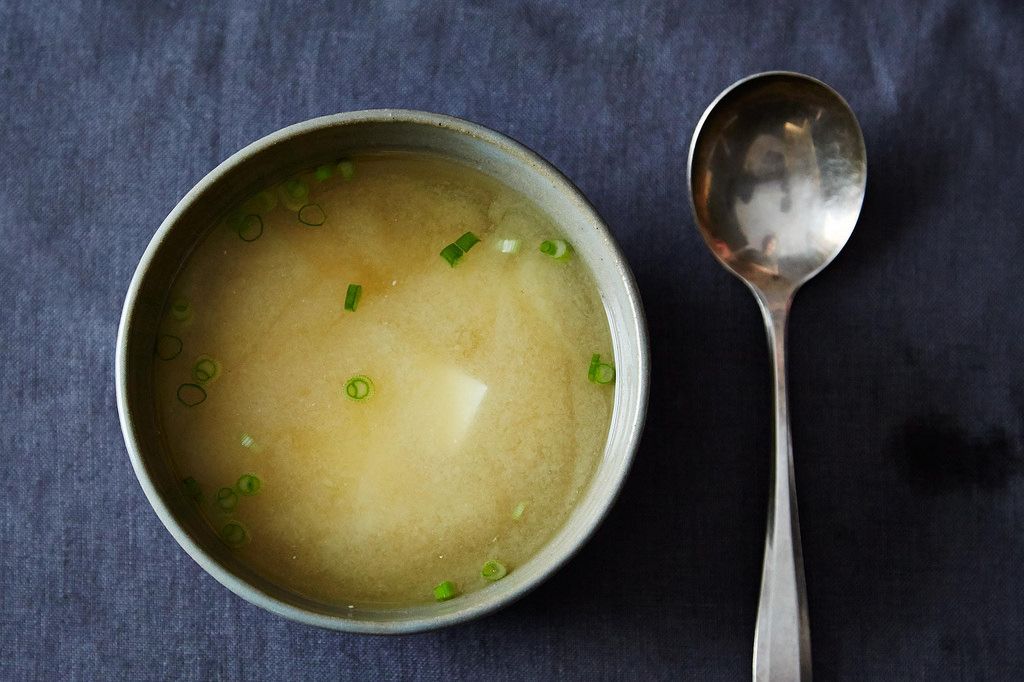
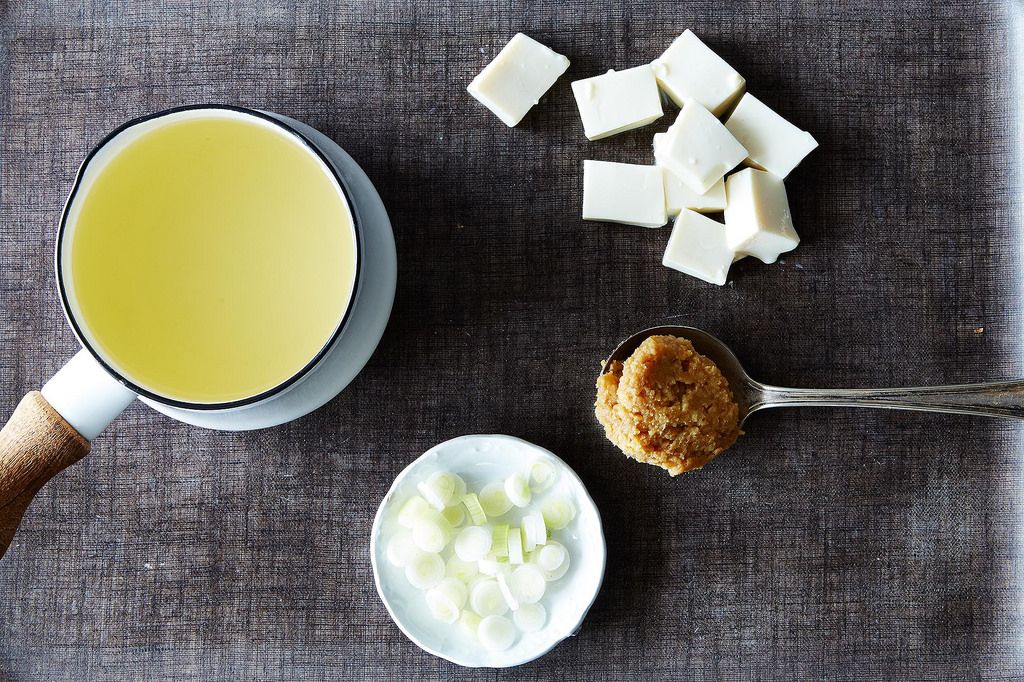
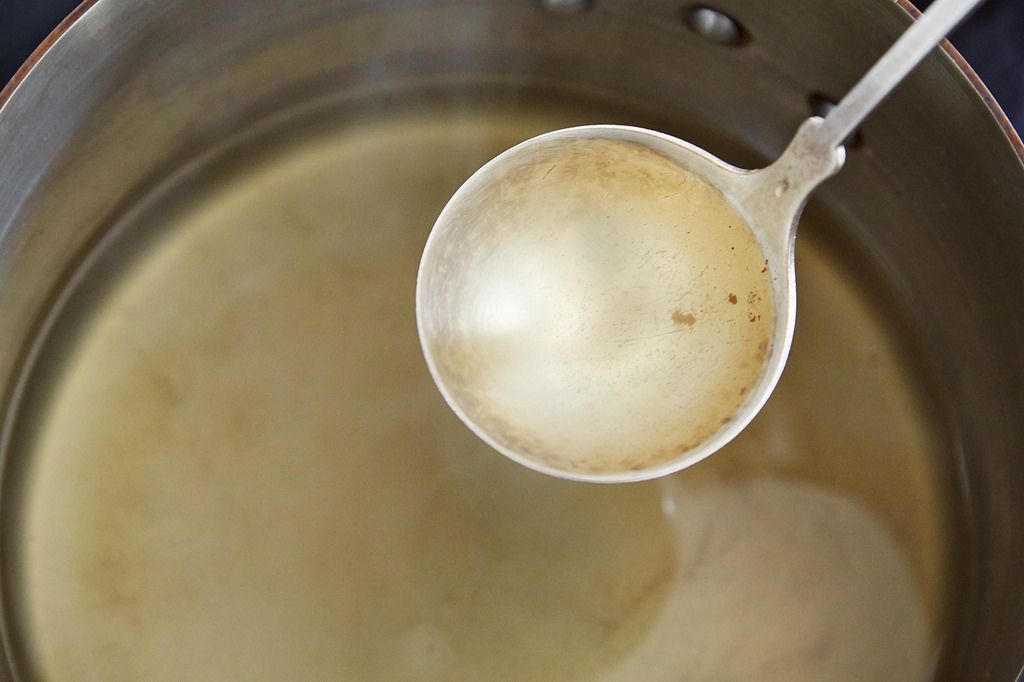
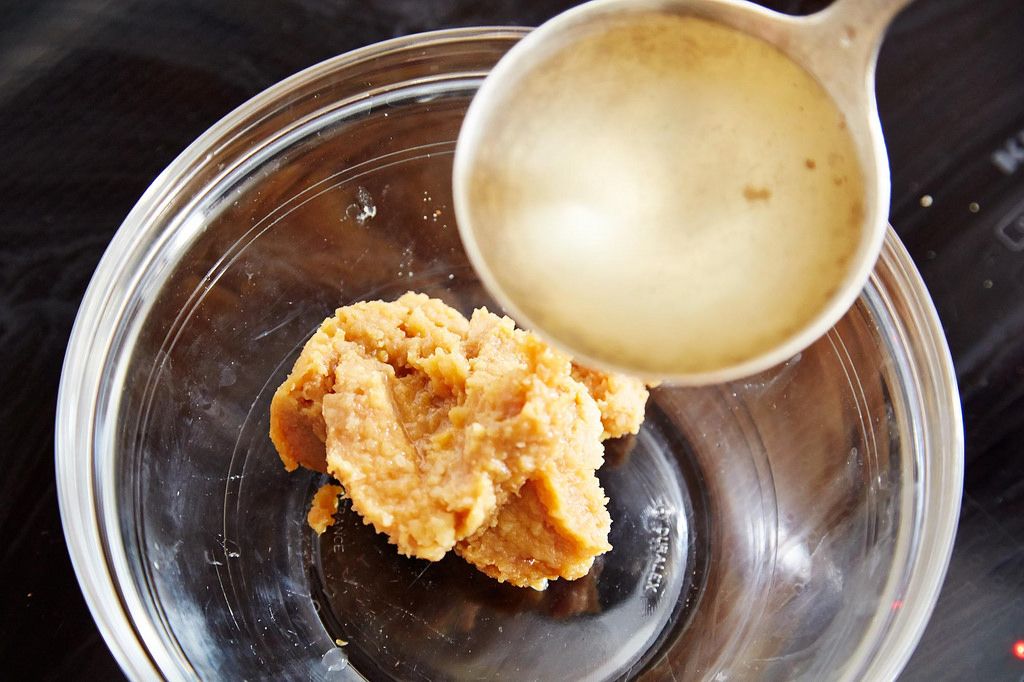

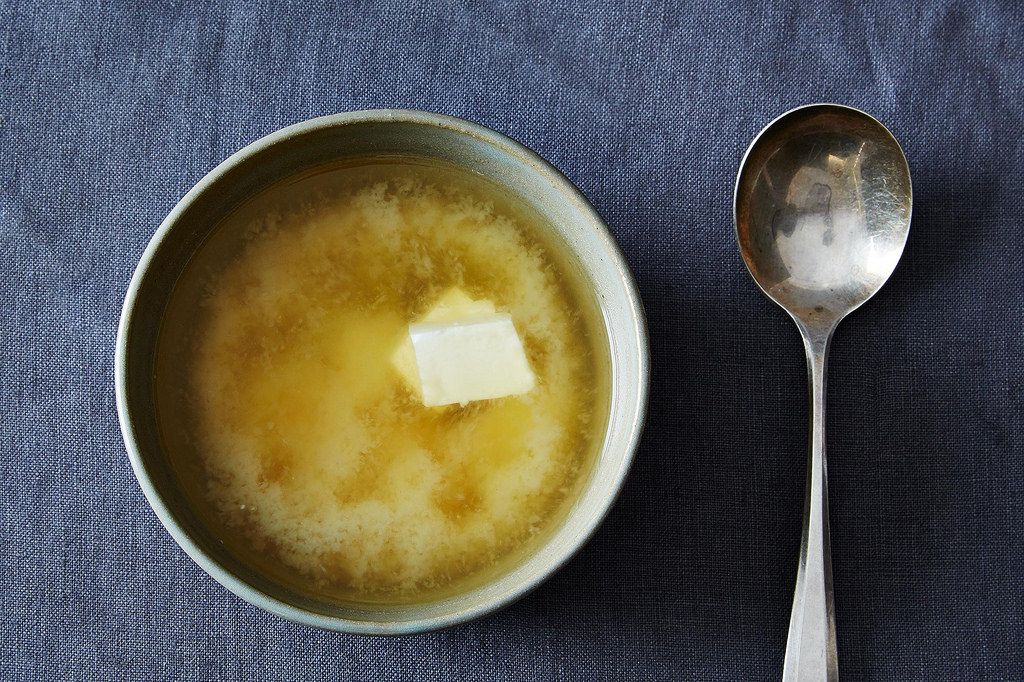

See what other Food52 readers are saying.